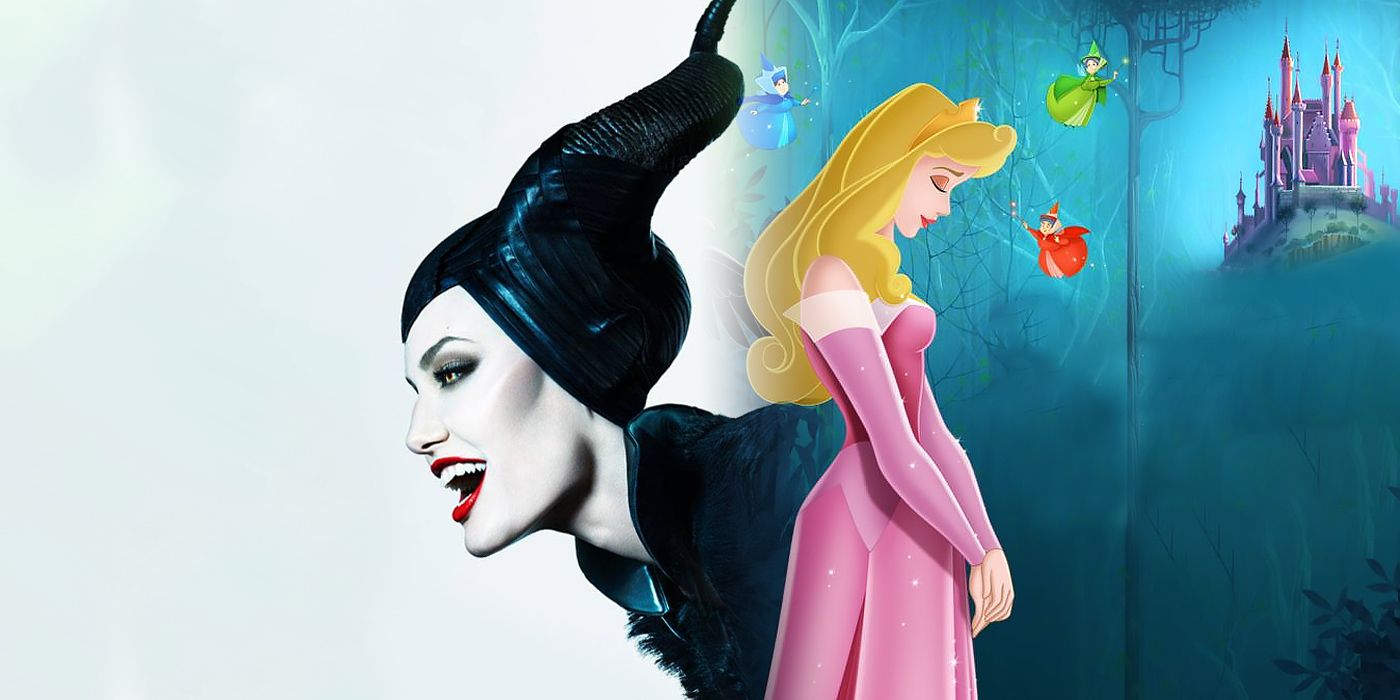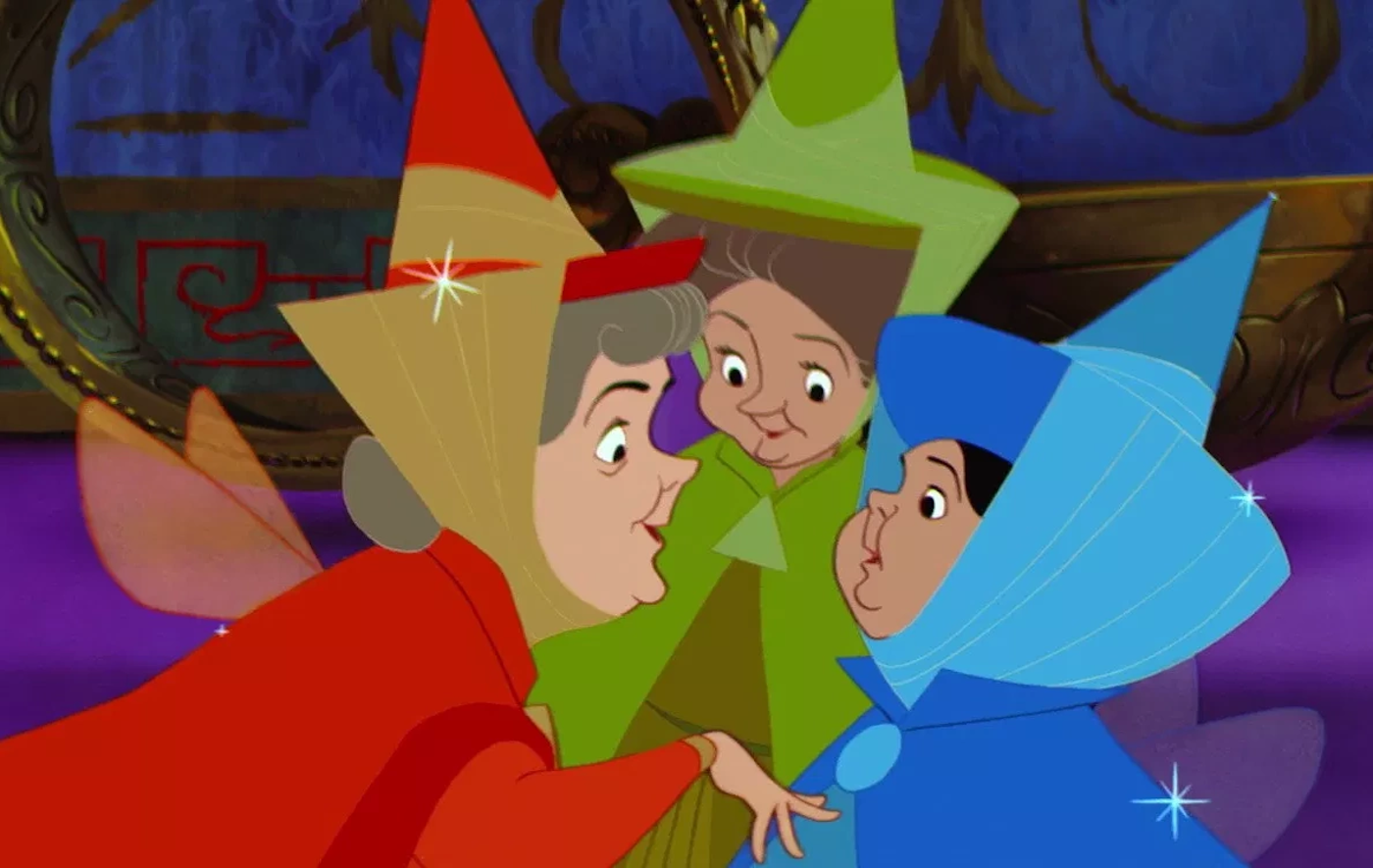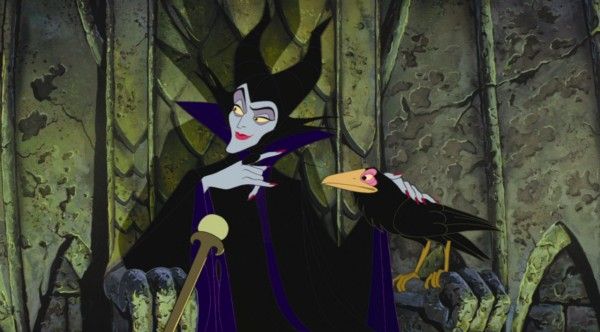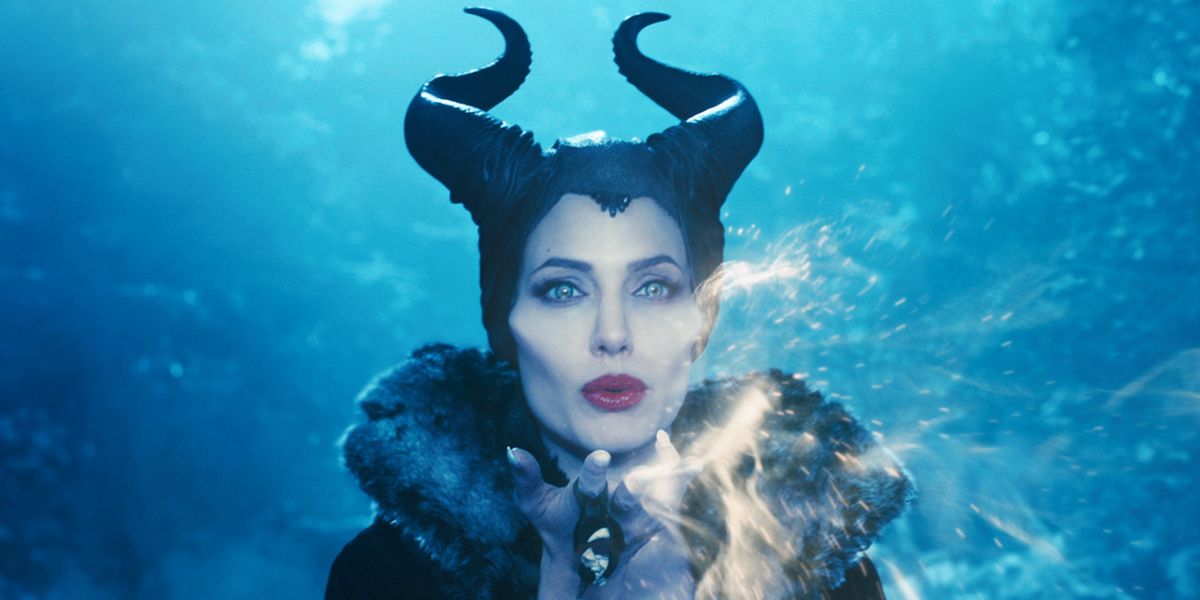I’ve never seen a description of Disney’s live-action remakes more apt than Joshua Rivera’s for The Verge: “they’re less like movies and more like concerts, except that you’re going to an arena to see a cover band, and they’re not even that good.” But the remakes do have their champions. Artists and technicians who have worked on them are, understandably, defensive of their own work. Beyond the merits of the craft, however, some commentators have argued for the remakes by dint of moral superiority: the new supposedly fixes the problematic aspects of the old.
Any form of storytelling from a bygone era will have elements out of step with our times; I’m not about to deny that. But the parts are not the whole, and many of these takes seem unfair and uninformed about the animated originals. The Aladdin remake’s own producer either misstated or misremembered the animated Jasmine’s motives while promoting his film. Jasmine may have found love, but she wasn't looking for it. Contrary to Halle Bailey's account of The Little Mermaid, Ariel always had more motivation to leave the ocean than a man. And then there’s Maleficent (2014). Reviews for that film were mixed, but a refrain repeated again and again was that it represented a “revisionist, feminist” take compared to Sleeping Beauty (1959), which was described as “yet another fairy tale that tells women a kiss from a Prince will solve all their problems.”
That one stings more than the others, partly for personal reasons: Sleeping Beauty is not just one of my favorite Disney films, but among my favorite films of any kind, and its extraordinary design has been a huge influence on my desire to study art, film, and animation. Maleficent is as generic-looking as a fantasy movie can get, and it’s the second-worst piece of media bearing the stylized Disney signature on its credits that I’ve ever experienced. But my biases aside, Maleficent may well be revisionist, but it’s no triumph for female characters in film, particularly when compared to its predecessor.
‘Sleeping Beauty’s Heroines Are a Diverse Range of Female Characters
Neither Sleeping Beauty nor Maleficent represents a breakthrough in how to write a princess. Briar Rose (real name Aurora) is a beautiful, musical, kind, lovesick, and uncomplicated teenager in Sleeping Beauty, and she’s exactly the same in Maleficent (minus the music). She doesn’t get much screen time in either version, nor does she have much of an arc. But by the nature of the story, the sleeping beauty–whether they’re a princess, a hunky he-man, or a three-eyed round-headed Martian–is not the protagonist, but the stakes. They have to end up cursed by everlasting sleep, their fate to be determined by the efforts of the actual lead character. It’s obvious who that is in Maleficent, but despite claims that Sleeping Beauty “promotes the idea of a Prince Charming and…oppress[es] the idea of powerful, independent-thinking women,” the protagonist of the original film is not Prince Phillip. He was the first Disney prince to have a name and something approaching a personality, but he doesn’t carry the picture. That distinction goes to not one character, but three.
Their names are Flora, Fauna, and Merryweather: the three good fairies. They have a diverse set of personalities, Flora being take-charge and no-nonsense, Fauna sweet-natured but flighty, and Merryweather temperamental and sensitive. Sleeping Beauty is told largely (though not exclusively) through their point of view. They are the fairies invited to Aurora’s christening, they are the ones who mitigate Maleficent’s curse and conjure the plan to circumvent it, their squabbling blows their cover, and they are the ones who realize that Phillip can break the curse and guide him to victory over Maleficent. Their choices, mistakes, and actions drive the story. There isn’t any familial or romantic attachment that moves the fairies to act, nor any pact of servitude or quest for justice or vengeance; they’re just kind old ladies who love Aurora and her family and choose to help them. And the magic they wield–the stuff of bubbles, flowers, gifts of beauty and song and truth–ultimately wins out over all the powers of Hell.
Maleficent Was More Independent in the Original Film
The woman who does wield hellfire and lightning is nevertheless a formidable presence. Taller, younger, and more elegant than the good fairies, Maleficent is the most immediately powerful character in Sleeping Beauty. She rules her own castle outside the realm of King Stefan, commands legions of goblins who cower before her, appears and disappears at will, and summons storms, thorns, and a draconic form for herself that spews green flame. It’s implied that she routinely ruins the magical works of the three good fairies in small, petty ways, and being snubbed an invitation to a christening seems a minor cause to motivate a deadly curse upon Aurora. But Maleficent is the Mistress of Evil, a title she grants herself gleefully and proudly. Her character is ultimately no more complicated than Aurora’s or Phillip’s, but she takes great joy in the wickedness she has chosen to master, and remains a commanding, independent power until the end.
That point of independence is worth remembering in conjunction with Maleficent's motivations. Spite might not be the deepest reason to take action, but it's a feeling true to Maleficent's wicked nature and one she indulges according to that nature. Absent from her motives is anything to do with a man. It's indicated she knows King Stefan from prior to the film's beginning, but there's no reason to think Maleficent would behave differently if it were King Hubert snubbing her, or if Queen Leah were a widow. The male sex can't threaten her, change her, or dictate her actions, something Maleficent and the three good fairies share in Sleeping Beauty.
‘Maleficent’ Limits All of Its Female Characters
So, there it is: Sleeping Beauty boasts four principal female characters, with a range of personality types and without male agency driving their thoughts and deeds. Three of them work in concert to drive the film as its heroines. The villainess is the mightiest single force in the story and if the sleeping beauty herself isn’t the most interesting or dynamic princess Disney has ever animated, she is still a pleasant character who easily inspires sympathy. There is a traditional love-at-first-sight romance, to be sure, pivotal to the story’s resolution, but the journey to that end is female-led all the way. And the princess's mother is alive, even!
Against that, what does Maleficent have? Another dead mother. A sleeping beauty no more fleshed out than she was when animated, and a Prince Phillip who is considerably less interesting in live action. And the three fairies, those clear personalities with a strong rapport, the heroines who steered Sleeping Beauty forward through every major story turn, are reduced to comic relief. Worse than that, incompetent comic relief. Their hand in softening the curse upon Aurora is taken away from them, as is their devising the plan for her safety. That becomes a task ordered to them by King Stefan, not a choice they made. And they are terrible at that task. Their squabbling and negligence almost cost an infant Aurora her life, and the film takes every opportunity to have other characters brand the fairies as idiots.
Screenwriter Linda Woolverton insisted such a diminishment was necessary. “I had to undercut their influence,” she claimed in an interview. “This is a Maleficent story.” Yet Maleficent herself spends a considerable amount of her own movie standing on the sidelines watching things happen rather than driving them, a “voyeur in her own life” as Monika Bartyzel put it. Her powers are greatly tuned down. There’s no vanishing into an arc of green light, no goblin army, and even her iconic transformation into a dragon is outsourced to her (male) raven henchman. More egregious is the decision to motivate Maleficent with the wrongs done to her by a man, the now-evil King Stefan, and his mutilation of Maleficent’s wings. Film critic Bianca Garner has noted, “turning [Maleficent] into a woman scorned, yet another example of a bitter ex obsessed with getting back at her boyfriend, isn’t much of a step forward.” To that, I would add that having Maleficent turn on a dime from cursing Aurora to raising her out of maternal instinct isn’t exactly a radical innovation. Recasting Maleficent as someone so affected by a king and his offspring, the fairies as so subservient to that king, and the offspring a child of such a despicable man, not only makes for unpleasant viewing, but denies the female cast much of the independence and agency they enjoyed back in 1959.
Which is not to say Sleeping Beauty was ever intended as a work of feminist fiction. Sleeping Beauty was meant to be a straightforward fairy-tale picture, a follow-up to Snow White and the Seven Dwarfs and Cinderella. Wary of repeating the same story beats again but spread thin by television and Disneyland, Walt Disney was often absent during the film’s development, except for turning over authority to enforce his vision for a “moving illustration” to designer Eyvind Earle. With Walt’s lack of engagement, the story came about relatively quickly, though clashes between the animators and Earle over how his designs related to character would plague the film throughout production. The three fairies’ role as heroines wasn’t a conscious choice so much as it was an unconscious accident. Their role was built up from the Charles Perrault fairy tale to fill out the runtime of the movie and echo the dwarfs’ role in Snow White, not to carry the picture. Their animators, Frank Thomas and Ollie Johnston, thought of them as “funny” and were among the most hostile to Earle’s choices. Maleficent’s animator was frustrated by her tendency to “[stand] around and make speeches.” No one involved on Sleeping Beauty seemed to realize what they had done with their female leads, and the film’s underperformance at the box office didn’t inspire many of its makers to give it a more critical second look.
But isn’t that how the artistic process goes sometimes? You can set out with the goal of making something simple and traditional, make a choice at one step of the process and another choice in the next, that snowball into something striking and unique, all unconsciously on your part. On the other hand, you can set out with a more pointed desire (say, to produce a “revisionist, feminist” remake of a beloved Disney film) and make a series of choices that devolve into cliché, undermine your own intentions, and make for the poorest of cover band concert movies.




